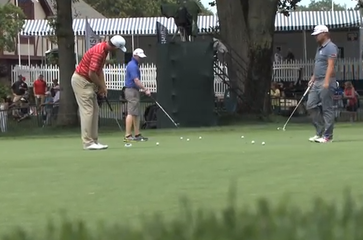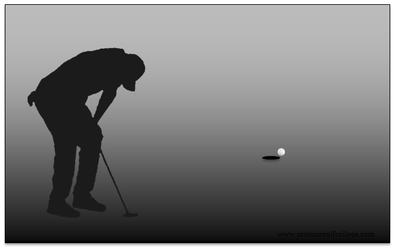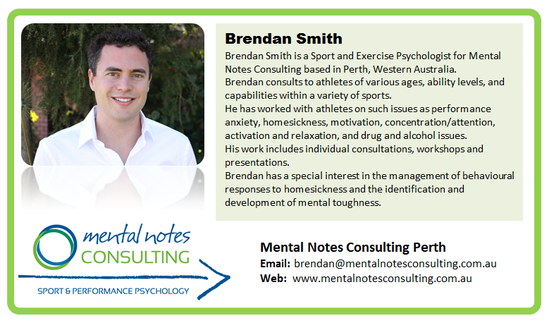 Thinking and Skill Execution- Part I When triple major champion Padraig Harrington won the 2007 Open Championship after a playoff with Sergio Garcia he described his thoughts as he prepared for his final putt: “No conscious effort whatsoever went into that putt. There were no thoughts about ‘this is for the open’…I stroked it in”. I’m sure you would have heard of similar things before. Athletes speaking of being in the right state of mind when performing well, that they couldn't do anything wrong, or perhaps you have experienced this yourself? If so you may have been fortunate enough to have experienced ‘flow’. “Flow is an almost automatic, effortless, yet highly focussed state of consciousness”[1]. It is a state that many players strive to achieve as it often accompanies increased performance. The following two-part blog aims to provide an insight into what constitutes flow and how it can be achieved in your game. The first step in achieving flow is to understand thoughts, actions, and thinking.
System 1- Fast and automatic (e.g., recognising faces or avoiding obstacles) System 2- Slow, effortful, and deliberate (e.g., filling in a tax form or parking in a narrow space)  In order to achieve success in a task we often attempt to control our thoughts. For example, an anxious player who is putting in a high-pressure situation may become preoccupied with trying to execute explicit coaching instructions (e.g. keep my head down and eyes over the ball). This can result in what’s known as ‘paralysis by analysis’[1]. By over-thinking skill based tasks in high-pressure situations our natural abilities to execute the task effectively can be diminished. When stakes are high many players engage in System 2 thinking. There are strategies you can implement to recognise System 2 thinking and adjust your behaviours to suit. For example, Rory McIlroy used conversations with his caddie to prevent himself from engaging in excessive thoughts of self-control: “Having a conversation about something completely different is probably the best thing for me as it takes my mind off it and stops me from getting too involved in what I am doing”. It is important to remember that these strategies require practice. It may not work if you just go out there and blabber to your caddie about what you did on the weekend. When, where and how you use a strategy needs to be suited to your game. It also needs to be practiced so that your mind is able to effectively switch between System 1 and System 2 thinking. My next blog in November will provide an insight into how these thoughts might be translated into skilled action and ultimately flow. [1] Csikszentmihalyi, M. (1996). Creativity: Flow and the psychology of discovery and intervention. New York: Harper Collins. [2] Kahneman, D. (2011). Thinking, fast and slow. London: Allen Lane. [1] Moran, A. (2012). Thinking in action: Some insights from cognitive sport psychology. Thinking Skills and Creativity, 7, 85-92. Comments are closed.
|
Archives
June 2019
|
Proudly Supported By
Copyright © 2011 - 2018 Pro Tour Golf College
Website Managed By Golf Performance Media
All Rights Reserved
Website Managed By Golf Performance Media
All Rights Reserved


 RSS Feed
RSS Feed



